Type
Grid Opening Range
Grid Types
Unloading
Jam Protection
The Tiger Shark is differentiated by its dark stripes, or bars, down its body and is noted for having one of the widest food spectrums of all sharks, consuming a variety of prey. This is a very fitting representative for our Multi-Rake Screen. With its iconic heavy duty stainless steel bar rakes, the Tiger Shark Multi-Rake Screen efficiently captures a wide variety of debris and is ideal for large particle removal.
The Tiger Shark screen’s practical design combines reliability with efficient operation. The low friction UHMWPE guide links reduce wear and operational costs. The Tiger Shark is designed for large particle removal. Multiple rakes continuously clean the bar rack with grid openings from 5-300mm.
Stainless Steel Bars
Openings from 5-300mm
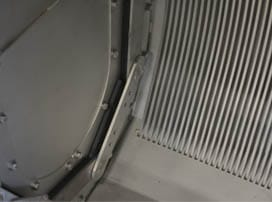
Flow passes through the screen while solids are intercepted and collected by a series of vertical stationary bars with uniform spacing to form a bar rack. As flow passes through the bar rack, solids larger than the openings accumulate until they are cleared by a series of stainless steel rakes traveling around a guided path.
Solids are removed from the waste stream and are conveyed to the top of the screen where they are unloaded via a wiper blade. The discharged screenings are then disposed of in a container or further processed by screening handling equipment.
All stainless steel foot assembly prevents solids from bypassing under the screen and proprietary sealing system keeps grit and rags away from the chain and wear tracks. Minimal friction is achieved through the use of Ultra High Molecular Weight Poly-Ethylene (UHMWPE) and stainless steel wear surfaces reducing power requirements and maintenance. Wide stainless steel wear tracks ensure years of trouble-free operation.
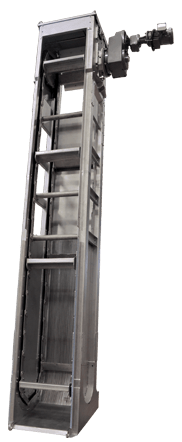
Our patented sealing system holds extremely tight tolerances between the grid and frame, eliminating the intrusion of abrasive grit. We can ensure a tight tolerance down to 0.5mm in all locations on the screen, even those areas that other screens leave vulnerable.

Patented direct drives efficiently power the screen. Stainless steel sprockets support and pull the black UHMWPE Guide Links, resulting in little-to-no friction and long wear.
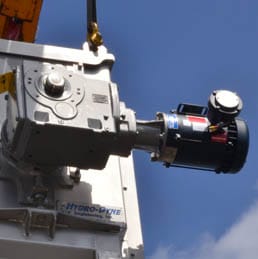
Resilience to weather, wear, and lack of maintenance make this model an excellent choice for virtually every installation. Through sensible design and material selection this headworks screen is very efficient, utilizing as low as a 0.5 hp (0.38 kW) electric motor. Screens will be wired to suit applications phase and voltage supplies. Chain guards are standard on all electrical models. Explosion proof motors are optional.
The hydraulic drive incorporates all the benefits of the electric drive with the added capability to be operated submerged. This is a useful option when flooding can occur and reliability is key.
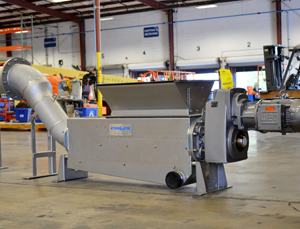
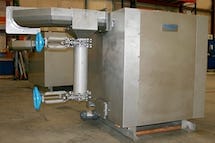
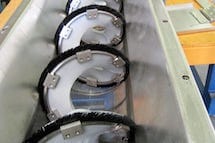
Do you have any questions or would you like more information?
We’d be happy to hear from you.
4750 118th Avenue North Clearwater, Florida 33762 USA Phone: +1 (813) 818-0777 Fax: (813) 818-0770
Copyright ©2025 Hydro-Dyne Engineering. All Rights Reserved. | Privacy Policy | Terms of Use